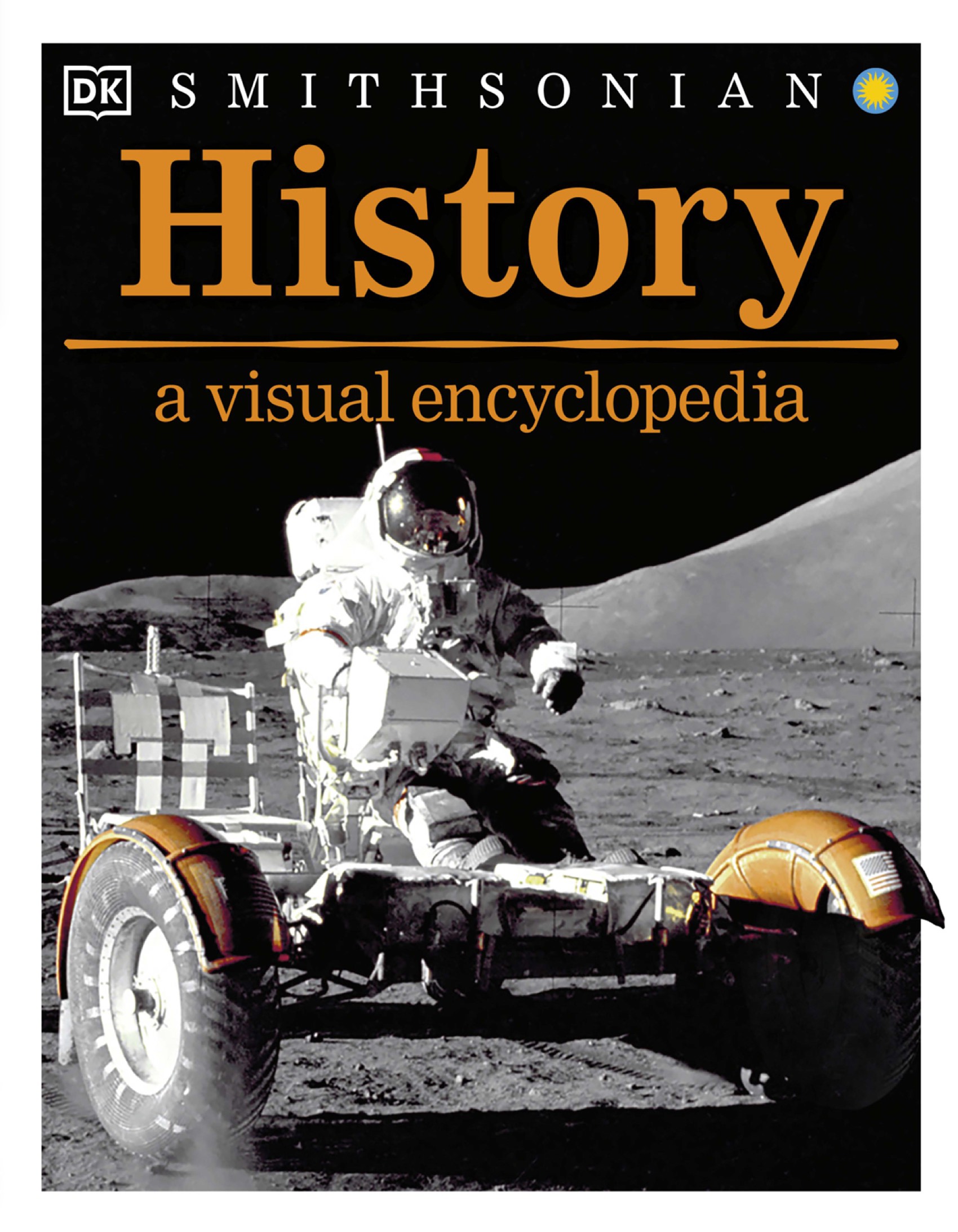DK HISTORY A VISUAL ENCYCLOPEDIA
The DK History: A Visual Encyclopedia provides a broad and richly illustrated overview of global history, spanning from early human civilizations to the modern era. Below is a concise summary of its major sections:
Summary of DK History: A Visual Encyclopedia
This encyclopedia presents historical events, cultures, and figures in a visually engaging format. It covers human history in chronological order, focusing on different civilizations, empires, and key developments across time.
1. Early Human Societies (Before 500 CE)
• Human Evolution and Migration: Early humans evolved in Africa and spread across the world, developing tools, art, and early social structures.
• First Civilizations: The emergence of major civilizations in Mesopotamia, Egypt, China, and the Indus Valley, characterized by agriculture, writing, and governance.
• Ancient Empires: The Persian Empire, Han China, Ancient Rome, and the Greek city-states shaped the classical world through conquests, philosophy, and trade.
2. The Medieval World (500–1450)
• Byzantine and Islamic Empires: The Byzantine Empire preserved Roman heritage, while the Islamic world expanded and became a center of science, philosophy, and trade.
• Medieval Europe: Feudalism, the spread of Christianity, the Crusades, and the rise of nation-states.
• East Asian Dynasties: The Tang and Song Dynasties in China, the rise of the Shogunate in Japan, and powerful kingdoms in Southeast Asia.
3. Renaissance and Age of Exploration (1450–1750)
• The Renaissance: A revival of art, science, and literature in Europe, leading to new discoveries and innovations.
• Exploration and Colonization: European powers, including Spain and Portugal, explored new territories, leading to the colonization of the Americas and the transatlantic slave trade.
• Empires and Revolutions: The Ottoman, Safavid, and Mughal Empires flourished, while the Scientific Revolution and the Protestant Reformation reshaped Europe.
4. The Industrial and Revolutionary Era (1750–1900)
• The Industrial Revolution: Advances in technology, transportation, and industry changed economies and societies.
• Political Revolutions: The American and French Revolutions introduced ideas of democracy, nationalism, and human rights.
• Global Imperialism: European powers expanded their empires into Africa and Asia, leading to resistance and cultural exchanges.
5. The Modern World (1900–Present)
• World Wars and Global Conflicts: World War I and II reshaped global politics, leading to the Cold War and decolonization.
• Technological and Social Changes: The Space Age, medical advancements, and the rise of digital technology revolutionized everyday life.
• Contemporary Issues: Climate change, global terrorism, and movements for human rights, democracy, and equality.
Key Takeaways
• History is shaped by innovations, cultural exchanges, and conflicts.
• The development of civilizations follows patterns of growth, decline, and transformation.
• The modern world continues to evolve, influenced by past events and technological advancements.
